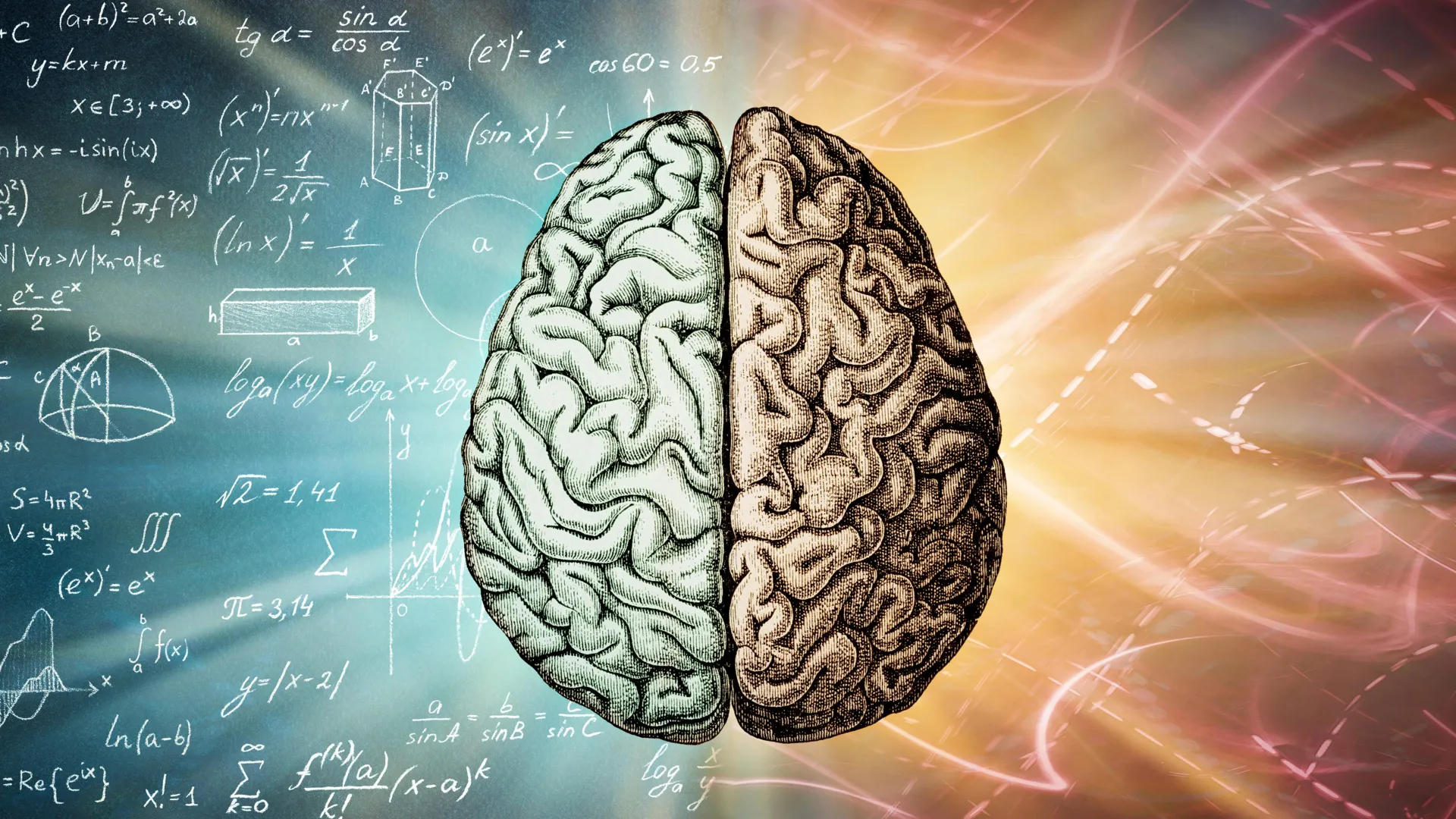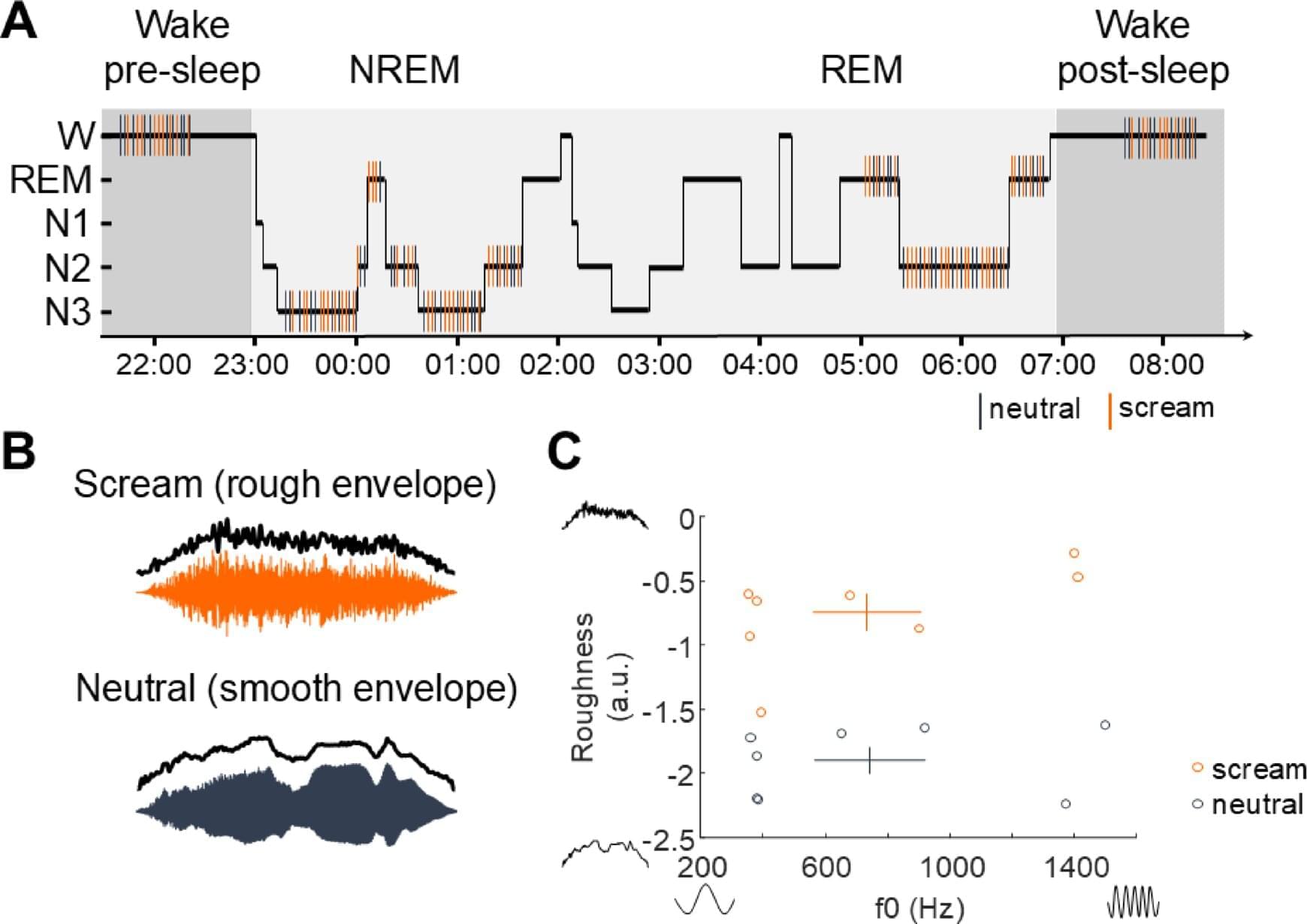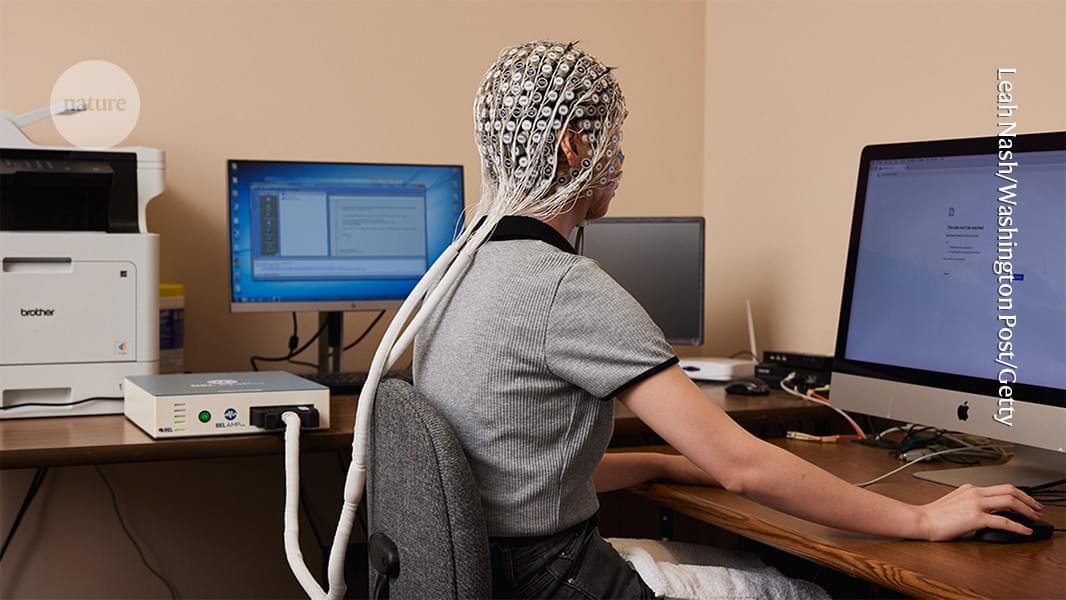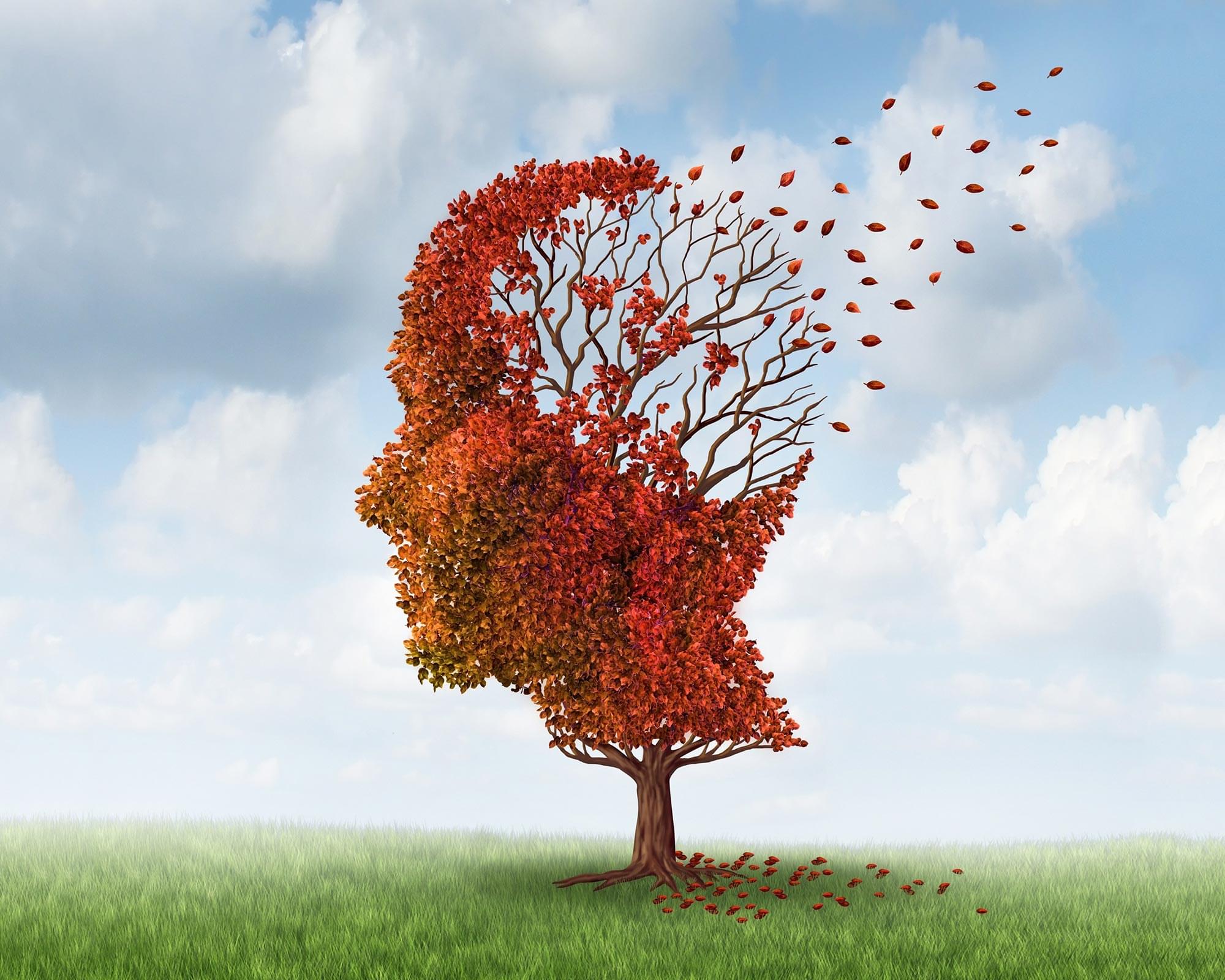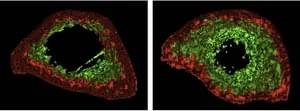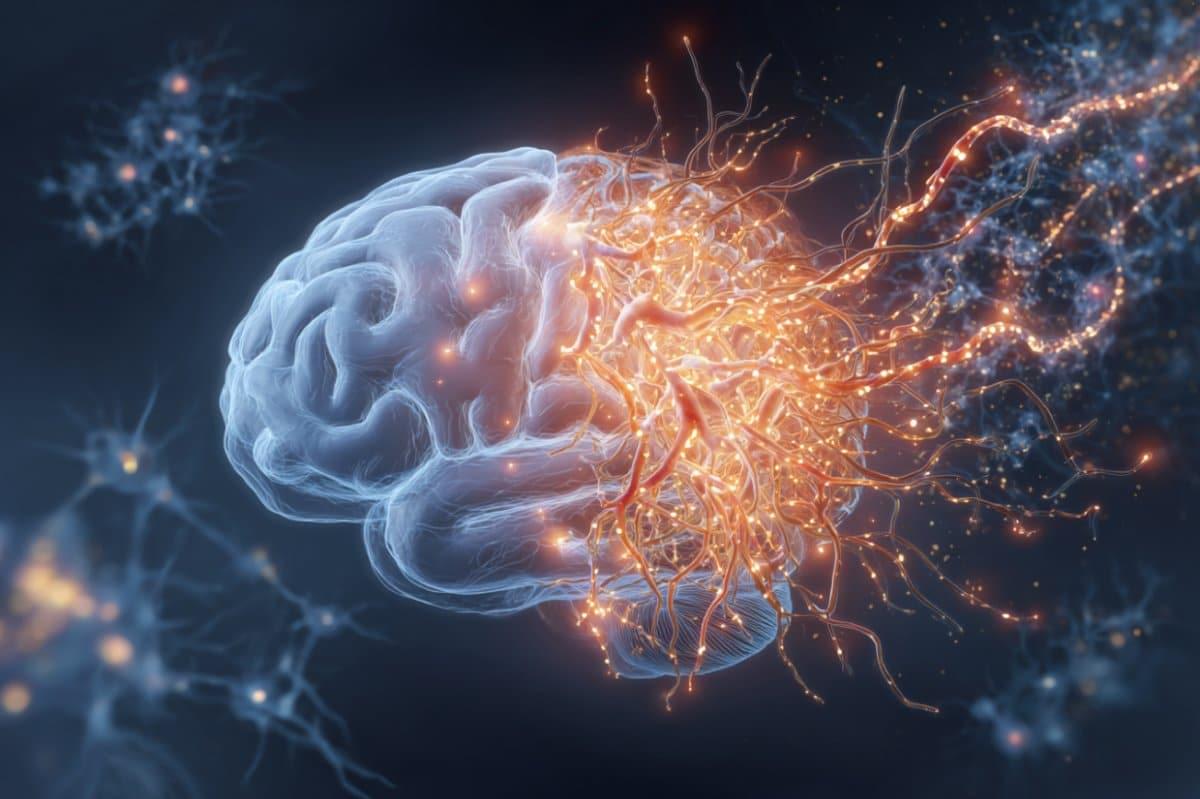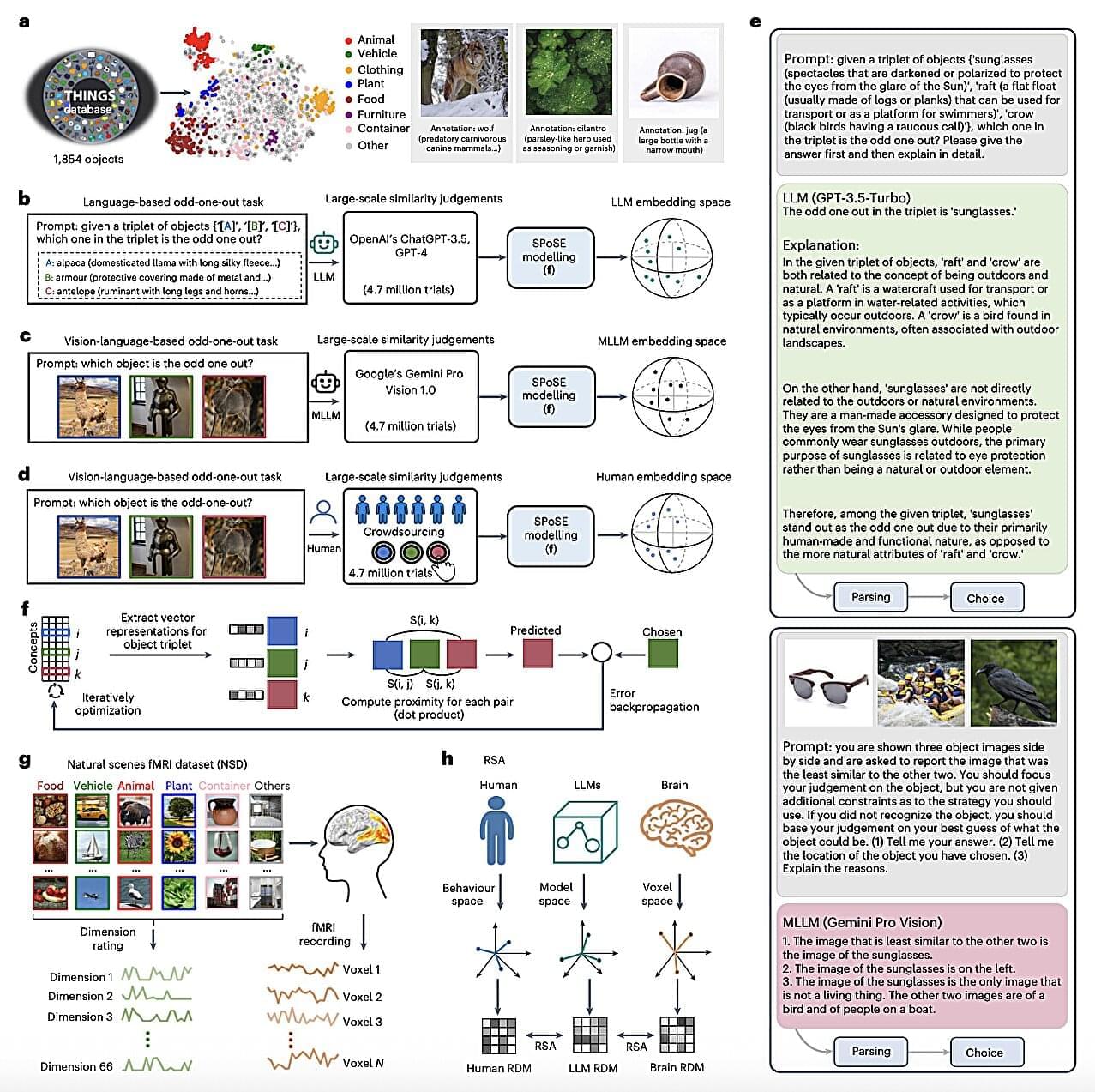During sleep, the brain must achieve a delicate balance: disconnecting from sensory input to allow restorative functions, while remaining alert enough to wake if danger arises. How does it sort through external stimuli—particularly sounds—during sleep? Scientists from the University of Geneva (UNIGE) and the Institut Pasteur have studied how the brain responds to so-called “rough” sounds, such as screams or alarms.
They discovered that these sounds are systematically processed, unlike other sounds, triggering specific brain waves. These results, published in the journal Scientific Reports, provide a better understanding of certain perceptual disorders, such as hyperacusis (hypersensitivity and/or intolerance to certain sounds), as well as the impact of repeated nighttime disturbances on brain function.
Roughness is an acoustic property characterized by rapid modulations of sound intensity, between 40 and 100 times per second. “Unlike speech, where syllables occur at a rate between 4 and 8 Hz, rough sounds hit the auditory system at much higher frequencies, producing a shrill and often unpleasant sensation,” explains Luc Arnal, a researcher at the Institut Pasteur, who co-directed the study.
